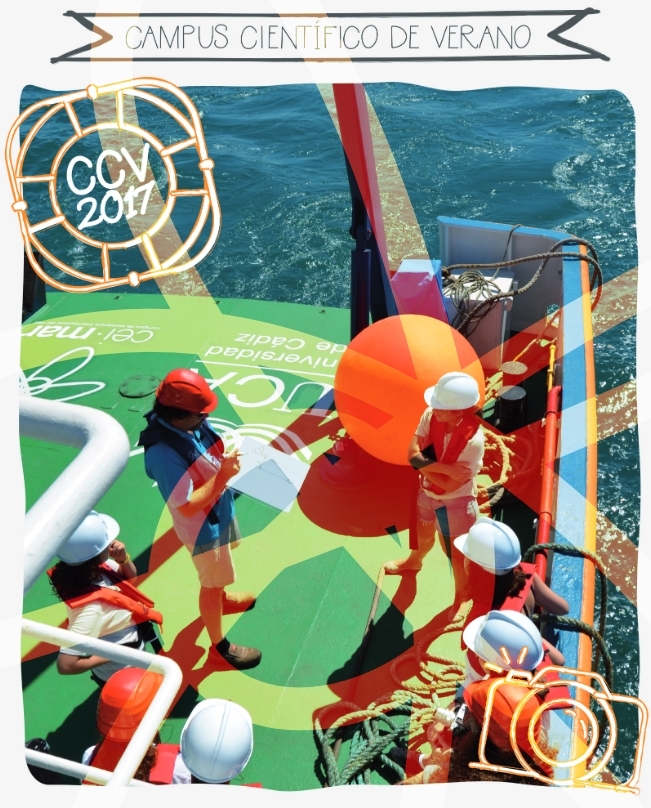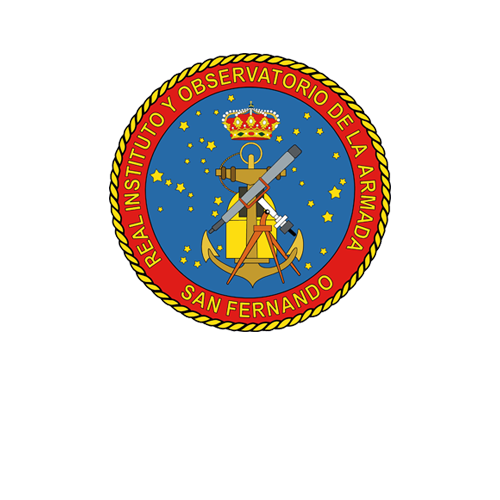The oceanographic region comprising the Gulf of Cadiz, the Strait of Gibraltar and the Alboran Sea is of great importance not only regionally but also globally, since the Strait of Gibraltar plays an important role in international navigation of the Atlantic, its biogeochemical balance and anthropogenic and natural carbon exchange between both seas.
Thus, the climate of the Atlantic basin is transmitted to the Mediterranean via the Strait and vice versa, conferring the Strait with a special significance in the context of global change. It is also a region where tectonic plates meet, and is therefore an ideal area for the study of these phenomena and their influence on the geological dynamics of the region.
The Strait thus functions as a kind of regulating valve for ocean basin processes, and monitoring it enables identification of temporal and spatial trends affecting regions far beyond its own small area.
In addition, there is widespread recognition of the importance of the Strait of Gibraltar as an area for monitoring the migration of birds and marine species such as some cetaceans and tuna.
The Strait represents a unique geographical space for the application of environmental monitoring systems and for contributing to the implementation and monitoring of European directives on water quality, marine strategies and ecosystem protection.
CEI·MAR research in the geographical region
Researchers at CEI·MAR institutions have been systematically collecting information on the Straits for a long time. Especially noteworthy is the INGRES project coordinated by the UMA with the collaboration of the Spanish Institute of Oceanography (IEO), the IEO’s STOCA project to study oceanographic time series data in the Gulf of Cadiz, the UCA’s MOCOSEG project monitoring surface currents in the Strait and the TRADE project, funded by the Programme for Territorial Cooperation between Spain and Portugal and involving State Ports and the UCA, among others. These projects provide a continuous and permanent record of various oceanographic variables in the region of the Strait of Gibraltar and in a wide area of the Gulf of Cadiz and the Alboran Sea. The institutions which are actively involved in these projects include the UCA, UMA, IEO, Spanish Navy Hydrographic Institute (IHM), Spanish Royal Naval Institute and Observatory (ROA), Andalusian Institute of Marine Sciences-Spanish National Research Council (ICMAN-CSIC), UGR and State Ports.
What is an Observatory?
An observatory is a permanent and updated system (web platform) which integrates partially dispersed information, compiles global and specific statistics, produces analyses and projections regarding the “field of observation” and provides regular information and statistics to national and international organisations.
It compiles the necessary information on the “field of observation” for subsequent dissemination to the community (scientists, citizens, professionals and the public authorities).
Mission
To meet the goals of an observatory, constituting a repository of information on scientific work carried out in the area under observation, i.e. the Strait of Gibraltar, including the Alboran Sea and the Gulf of Cadiz
To furnish and operate the environmental information systems used by the scientific community
To promote activities (seminars, symposiums, etc.) aimed at the exchange of information about scientific work conducted in the region covered by the Observatory
Based on documentation and activities, to prepare regular reports/publications on the “state” under study.
To propose educational and dissemination activities to raise awareness about the results obtained from observation.
Vision
To become a meeting point for researchers conducting their studies in the geographical region of the Strait, Alboran Sea and Gulf of Cadiz.
To constitute a network of experts in the workings of the observation region providing advice on matters of observation and support for decision-making to the corresponding public authorities.
To create an internationally renowned documentary resource on marine research carried out in this region.
More information on their official website. CLICK HERE























